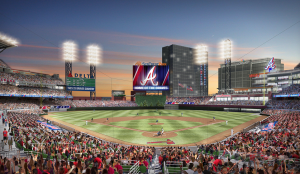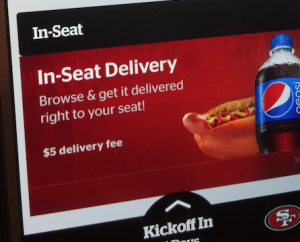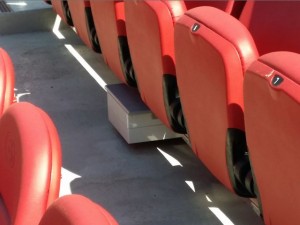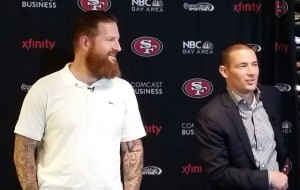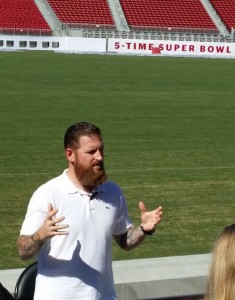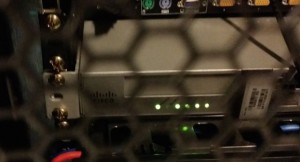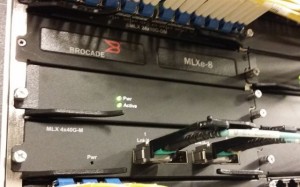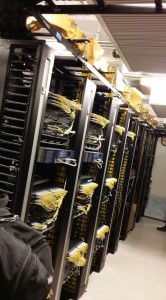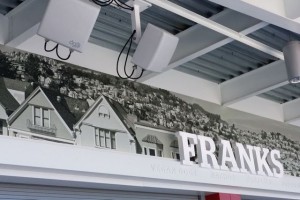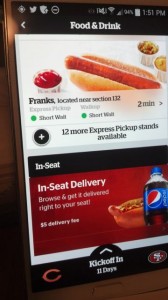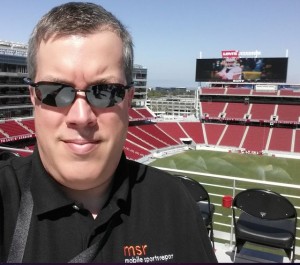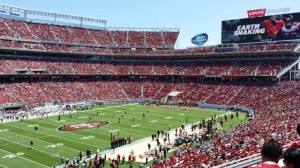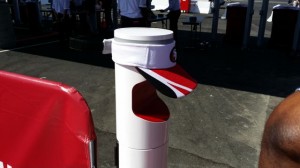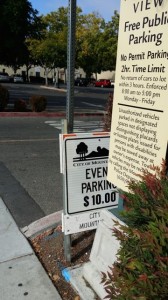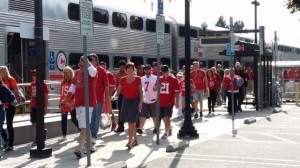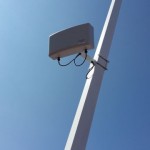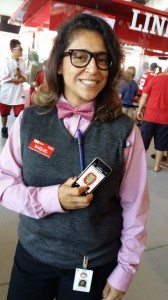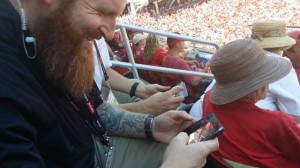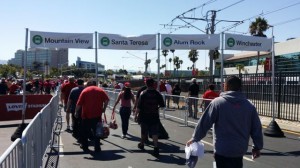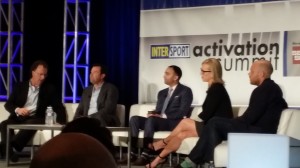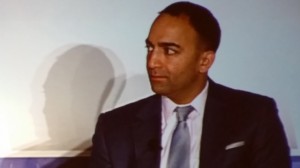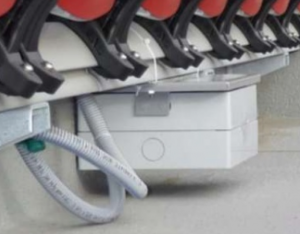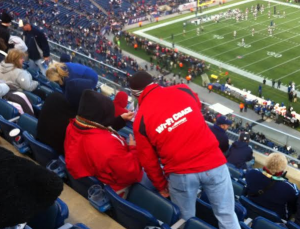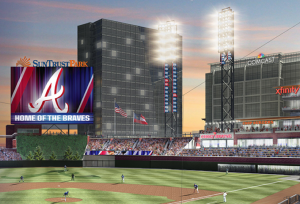
Screen shot of artist rendering of new Atlanta Braves ballpark, with Comcast office building over right-field wall. Credit: Atlanta Braves
Like other deals it has signed at stadiums like the San Francisco 49ers’ Levi’s Stadium, the Tennessee Titans’ LP Field and the Wells Fargo Arena, Comcast will mainly be in charge of bringing back-end Internet connectivity to the Braves’ new stadium, which is scheduled to open before the 2017 season. No word yet on which vendor will be chosen to use that back-end connectivity to bring wireless networking directly to fans, but with pledges to build an “all-fiber network” with “multi-gigabit speeds” throughout the ballpark and the adjoining 60-acre campus, it’s a good bet that Comcast’s pipes will be able to supply whatever bandwidth is needed.
Unlike Levi’s, where Comcast signage is minimal, the cable giant will have a prominent place in the SunTrust viewshed, if construction goes according to the artist sketches provided with today’s news release. The question we have is whether or not left-handed pull hitters will be able to smash glass on the 9-story Comcast office building, which should be a great place to work late when the Braves have night games.
